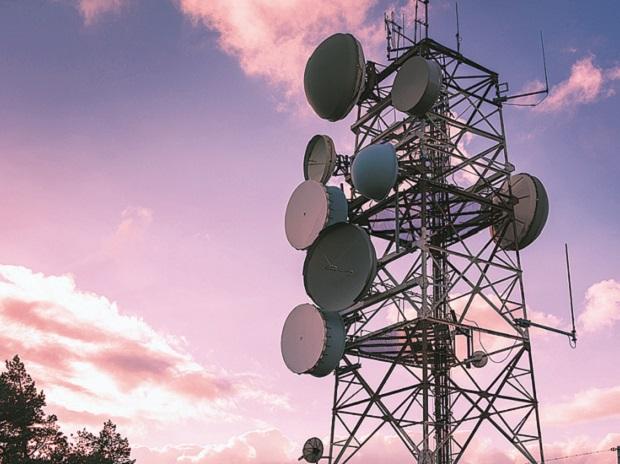Telecom companies' monthly average revenue per user (ARPU), a key metric of performance, for wireless service increased by 7.49 per cent from Rs 90.1 in June 2020 to Rs 96.87 in September 2020. On a year-on-year basis, the monthly ARPU for mobile services increased by more than 30 per cent in the July-September quarter, after the start of the unlock process.
Prepaid ARPU per month increased from Rs 84 for quarter ended June 2020 to Rs 90 in quarter ended September 2020 and Postpaid ARPU per month also increased from Rs 224 in June to Rs 234 in September, latest date by the Telecom Regulatory Authority of India (TRAI) said.
The sector reported a quarter-on-quarter growth of 3.6 per cent in adjusted gross revenue (AGR) in the second quarter of the current fiscal.
Reliance Jio’s AGR, rose 4.29 per cent on quarter to Rs 15,915.14 crore in the July-September period, while Bharti Airtel’s grew 6.71 per cent to Rs 10,764.90 crore and that of Vodafone Idea jumped 9.73 per cent to Rs 6,435.79 crore, said TRAI.
Higher quarterly AGR essentially means higher revenue for the Union government in the form of licence fee and spectrum usage charge (SUC).
Income from licence fee rose 3.7 per cent sequentially to Rs 3,656 crore, while SUC collections were up 5.94 per cent on-quarter to Rs 1,451 crore, TRAI data said.
Telecom service providers pay 8 per cent of their AGR as licence fees and 3-5 per cent towards SUC to the government, annually.
Access services contributed 79 per cent of total telecom services AGR in the fiscal second quarter, FY21.
The number of telephone subscribers in India increased from 1,160.52 million at the end of June, 2020 to 1,168.66 million at the end of September 2020. The overall Tele-density in India also increased from 85.85% as in quarter ended June to 86.22% as in quarter ended September 2020.
Telephone subscribers in urban areas increased from 636.83 million on June 30, 2020 to 644.26 million on September 30, 2020 and Urban telephone density also increased from 137.35 per cent to 138.25 per cent during the same period.
Rural telephone subscribers increased from 523.69 million at the end of June, 2020 to 524.39 million at the end of September 2020 however, Rural telephone density remained same i.e. 58.96 per cent, as it was during last quarter June, 2020.
 Dear Reader,
Dear Reader,
Business Standard has always strived hard to provide up-to-date information and commentary on developments that are of interest to you and have wider political and economic implications for the country and the world. Your encouragement and constant feedback on how to improve our offering have only made our resolve and commitment to these ideals stronger. Even during these difficult times arising out of Covid-19, we continue to remain committed to keeping you informed and updated with credible news, authoritative views and incisive commentary on topical issues of relevance.
We, however, have a request.
As we battle the economic impact of the pandemic, we need your support even more, so that we can continue to offer you more quality content. Our subscription model has seen an encouraging response from many of you, who have subscribed to our online content. More subscription to our online content can only help us achieve the goals of offering you even better and more relevant content. We believe in free, fair and credible journalism. Your support through more subscriptions can help us practise the journalism to which we are committed.
Support quality journalism and subscribe to Business Standard.
Digital Editor

RECOMMENDED FOR YOU